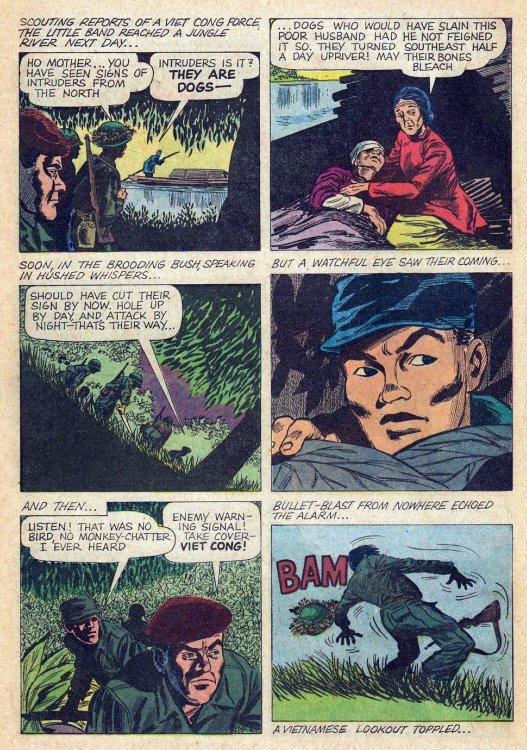Ten-Hut!
On a quiet night in 1960, the Soviet Union launched a treacherous attack on the United States utilizing nuclear weaponry.
Though caught off-guard due to Commie sleeper agents disabling most of NORAD's Distant Early Warning System, America's armed forces swing into action...
In reality, a mid-air burst would be
as effective, if not more so, than a nuclear bomb hitting the ground, with the electro-magnetic pulse effectively destroying all electronics and a shock wave unobstructed by buildings or geographic features.
 |
| From the New York Journal-American Archive at the University of Texas |
This 1952 tale launched the short-lived
Atomic War comic book series, which presented a remarkably-consistent "future" world of 1960 with it's own continuity.
We'll be presenting the complete,
never-reprinted series along with it's "brother" title
World War III over the next few months, rotating it with war stories ranging from Ancient Egypt and Greece to the World Wars to Vietnam.
Until Next Week...
Dis-missed!















































